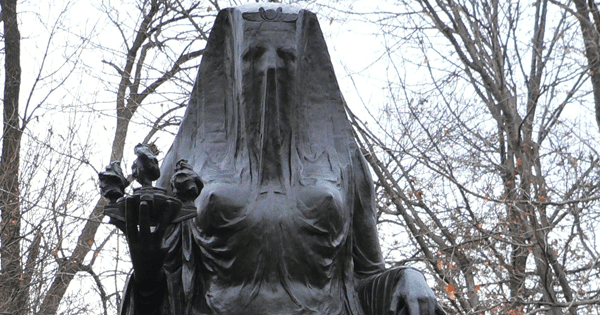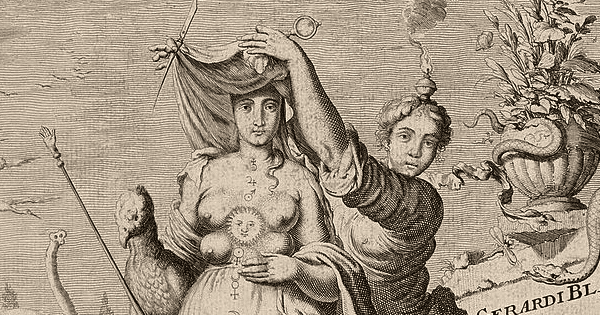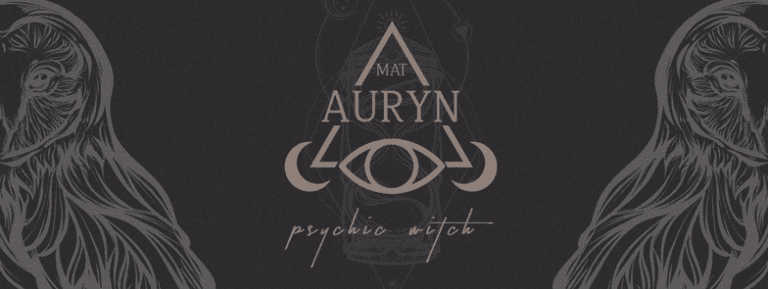It is said that on Samhain the veil between the worlds has grown thin. The idea of a veil between worlds is actually misleading without understanding the context, as these worlds are not concretely separated. This boundary is referred to by many other names and images such as a hedge or a mist, which is used a lot in pagan and witchcraft traditions. The world of the living and the world of the spirits overlap but are hidden behind a metaphoric veil of perception, which keep in mind is only a sheer piece of fabric to begin with. During Samhain while in the sign of Scorpio (ruled by Pluto) the world of the spirits is the easiest to access, as that boundary of perceived separation isn’t as concrete. This makes this time of the year the easiest to experience and communicate with spirits.

But what exactly is the veil and where did this metaphor come from? The idea of the veil refers to the veil of nature personified as the Goddess. Traditionally this Goddess was referred to as either Isis, Artemis / Diana of Ephesus or Athena. The idea seems to originate from the Classical Greco-Roman authors Plutarch and Proclus who wrote that there was a statue of Isis in Egypt with the inscribed statement, “I am all that has been and is and shall be; and no mortal has ever lifted my mantle.”

An occultist tries to have on foot in each world, aiming to lift, render, or pierce the veil for themselves, to gain greater spiritual awareness. Witchcraft traditions and Hermetic Western Occult traditions place a focus on this idea and often have formal rituals or practices to lift the veil and partake in the Mysteries. The original version or draft of the “Charge of the Goddess” in Wicca was called “Lift Up the Veil” in the original Gardnerian Book of Shadows, which stated, “I love you: I yearn for you: pale or purple, veiled or voluptuous.”
The concept was that the Goddess Veiled was the natural world that we can see, while the Goddess Unveiled was the preternatural world that was hidden from our perception, the mysteries. However it was the same Goddess, the same world, just separated by a veil of illusion. This idea grew in popularity around the 17th to 19th century and the idea of lifting, rending or piercing the veil was used both as a metaphor for scientific discovery as well as the revelation of occult knowledge.

The idea was popularized by Helena Blavatasky, who used the term “Unveiling Isis” to refer to the revelations of Theosophy, which strived to unlock the secrets of the spiritual world. As such she named her book Isis Unveiled in 1877, which she wrote was “a plea for the recognition of the Hermetic philosophy, the anciently universal Wisdom-Religion, as the only possible key to the Absolute in science and theology.” Isis Unveiled is considered by scholars to be one of the most important works historically in Western Esotericism. As such, this concept and term remains with us today in occultism, mysticism, and even works of fiction within popular culture.

















